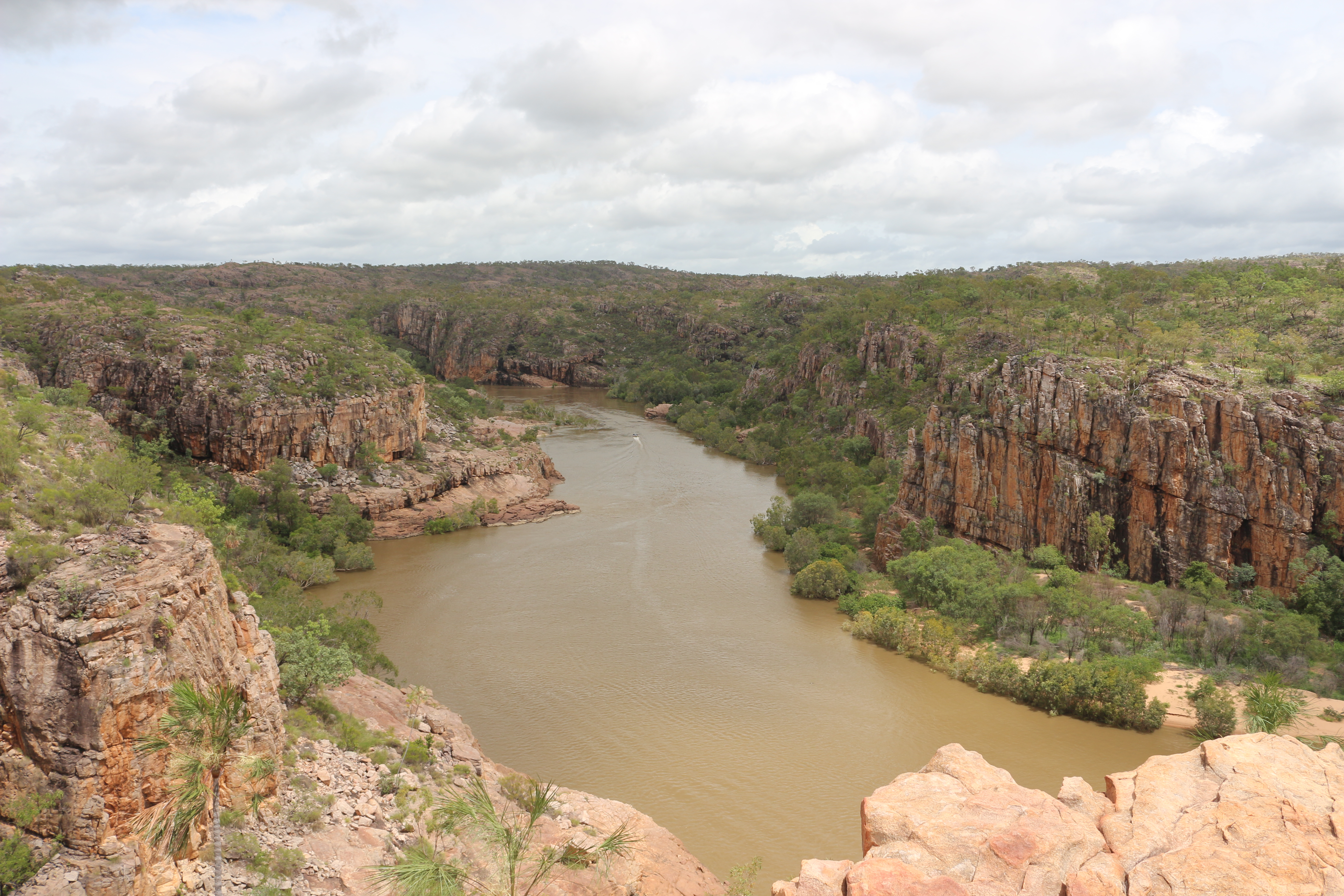As a traveler, there’s nothing better than visiting an area off-season. Prices are usually lower, attractions are less busy and accommodations are easy to find.
That certainly holds true for visiting Australia’s Northern Territory in January. You just have to be careful that not everything is closed and that you won’t get cut off by the seasonal monsoon and torrential rains.
We visited Darwin, Kakadu National Park, Katherine Gorge and Litchfield National Park in January 2019, which is still hot but a very wet season. Here’s a list of 18 do’s and don’ts for visiting the area with children.
1. Don’t think you can do this in just one week. Australia is big and while Google says the distances aren’t enormous, the Northern Territory is big and empty. We took five days to visit Kakadu, Katherine Gorge and Litchfield. It wasn’t nearly enough. Even though most trails were closed off because of high water, we felt like we barely scratched the surface and were constantly driving.
2. Do visit Darwin’s Tourism Top End Visitor’s Centre before you head out and listen to the knowledgeable staff. When we told the attendant our plans, she politely informed us that we were nuts (my interpretation, she was more diplomatic). We changed our driving plans accordingly, added an extra day of driving and felt (fairly) confident we weren’t going to get eaten by crocodiles or left stranded due to overflowing rivers.

3. Definitely do try the fish and chips at La Beach restaurant in Darwin. A great place to enjoy food and watch the sunset.
4. Do check out the playground at the Bicentennial Park in downtown Darwin. It’s a nice place for kids to run around. It also has fitness equipment for the “big” kids.
5. Don’t go to Acquascene, the fish feeding sanctuary in Darwin, without checking to see if it’s actually opened. Fish feeding times coincide with tides.
6. Don’t try to rent a campervan in January. It’s rainy season and campgrounds are closed. All campervans and campers have been sent to the Gold Coast or south for a few months.
7. Do pay attention to the road signs, on the left side of the road, and your GPS. While driving out of Darwin towards Kakadu National Park, we missed the turnoff and headed a good 30 minutes towards Alice Springs instead, resulting in a 1 hour detour. After 20 minutes of driving, the GPS said we weren’t on the right road. I thought it was wrong. Turns out it was me.
8. Do pay attention to the speed limit signs, on the left side of the road. On our second day in Australia, I got caught speeding 20km over the limit (80 in a 60 zone). We had been on a highway going 80 and when we turned off to another road, I missed the speed limit sign. That cost us $300 AUS. Not something we repeated.

9. Do bring sunscreen, a hat and lots of water. It’s hot, very hot.
10. Do bring an umbrella and a rain jacket. It’s wet, very wet.
11. Do bring food with you from Darwin on your road trip. You’ll want something to snack on during the long drives and while there are grocery stores and restaurants scattered through Kakadu National Park, they are fairly expensive.

12. Do go for a swim, but only in places identified as safe. Don’t ignore the “Extreme Danger” signs. There are crocodiles in the area.

13. Don’t mistake the crocodiles for alligators, even though the river through Kakadu Park is called Alligator River.

14 Do check out the Indigenous rock art, but don’t let your children add their own.
13. Don’t skip out on the various visitors’ centres, like the Window on the Wetlands, the Kakadu’s Bowali Visitor centre and Warradjan Aboriginal Cultural Centre and the Nitmiluk Visitor Centre at Katherine Gorge. There’s lots of great information, both about nature and Aboriginal culture and history. They also make for a good place to get out of the rain. (Have I mentioned it can get wet at this time of year?)

16. Do keep an eye out for wallabies, both at campsites and on the side of the road.

17. Do keep an eye out for birds. You’re bound to spot some cockatoos (they are everywhere), some Australian geese, kites, egrets and possibly some jabirus.
18. Do take the Yellow Water sunset cruise at Cooinda Lodge. It might seem expensive, but you’ll see lots of wildlife, including crocodiles. We saw flying foxes, darters, comb-crested jacanas, cockatoos and even a wild pig (it was apparently eaten by a croc the next day though).








